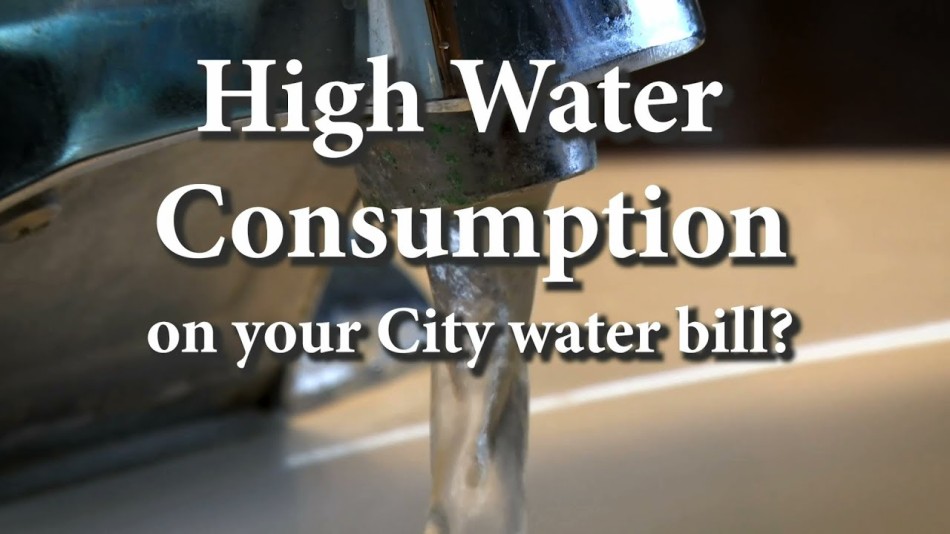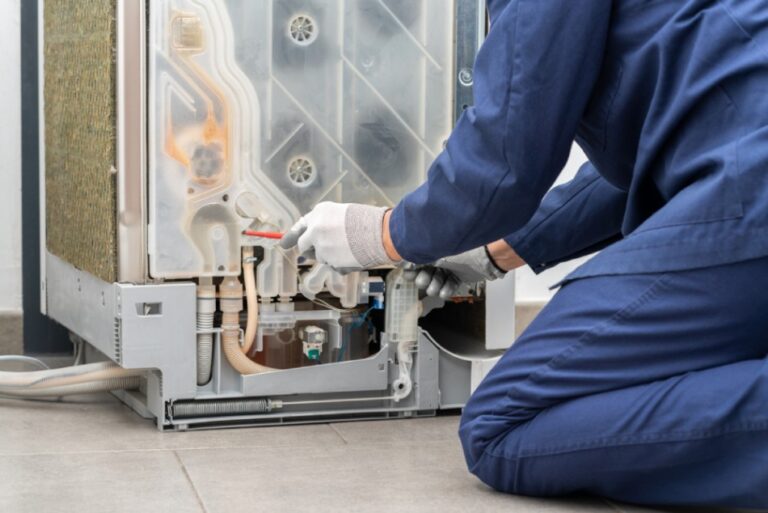yet many households in Ahmedabad are unknowingly wasting thousands of liters due to hidden plumbing leaks. As a result, residents face unexpectedly high water bills, water damage to property, and a long-term environmental impact. This proposal aims to raise awareness about the causes, signs, and solutions to plumbing leaks in Ahmedabad, and to suggest actionable steps that individuals and city authorities can take to address this growing concern.
Problem Statement
Over the past few years, many Ahmedabad residents have reported a consistent rise in water bills, despite no significant change in usage patterns. One of the primary reasons for this is the presence of undetected plumbing leaks within homes, apartment buildings, and even public infrastructure. Due to a lack of awareness and timely maintenance, small leaks often go unnoticed until they become severe and expensive to repair.
According to studies by urban water management agencies, an average household can lose up to 10,000 liters of water per year from simple leaks such as dripping faucets or leaky toilet tanks. In a city like Ahmedabad, where rapid urban development is putting pressure on aging infrastructure, the problem is becoming more widespread.
Common Causes of Plumbing Leaks in Ahmedabad
Aging Infrastructure: Many neighborhoods in Ahmedabad still rely on decades-old plumbing systems that are prone to wear and tear. Corrosion, rust, and joint loosening are common issues.
Hard Water Deposits: Ahmedabad’s water supply contains a high concentration of minerals (hard water), which can lead to scale buildup inside pipes, gradually damaging them from the inside.
Unprofessional Installations: In many cases, plumbing systems are installed by untrained technicians using substandard materials. These installations often fail within a few years.
Fluctuating Water Pressure: Irregular water pressure, especially in multi-storey buildings, can cause stress on pipes and joints, leading to minor cracks that worsen over time.
Impact on Households and the City
Financial Burden: Continuous leakage increases monthly water bills and eventually leads to costly repair work.
Structural Damage: Water leaks can weaken walls, ceilings, and foundations, creating long-term structural issues and health risks from mold.
Environmental Waste: In a water-scarce world, wasting clean water due to preventable leaks is an unsustainable practice.
City-Wide Losses: When leaks occur in main water lines or public infrastructure, they contribute to large-scale water loss and strain the municipal water system.
Identifying Hidden Leaks
- Early detection is crucial. Here are some signs homeowners should look out for:
- Sudden, unexplained spikes in water bills
- Damp spots on floors, ceilings, or walls
- Mold or mildew growth, especially in corners
- Constant sound of running water when taps are turned off
- Reduced water pressure
- A constantly running toilet
Homeowners can also conduct a simple water meter test: turn off all taps and appliances, note the meter reading, wait two hours without using water, and check the reading again. A change may indicate a leak.
Proposed Solutions
For Homeowners and Residents:
Routine Inspections: Schedule regular plumbing checks, especially in older properties.
Fix Drips Immediately: A dripping tap may seem minor, but it can waste hundreds of liters a month.
Install Water-Efficient Fixtures: Use low-flow faucets and dual-flush toilets to reduce water consumption.
Use Smart Water Sensors: Install leak detectors in vulnerable areas like kitchens and bathrooms for early warnings.
For Building Societies and Developers:
Invest in high-quality plumbing materials during construction.
Educate residents about water conservation and leak detection.
Create a maintenance schedule for common plumbing systems.
For the Ahmedabad Municipal Corporation:
Launch a city-wide awareness campaign focused on leak detection and water conservation.
Offer subsidized leak inspection services in low-income areas.
Upgrade public water infrastructure to prevent large-scale leakage.




